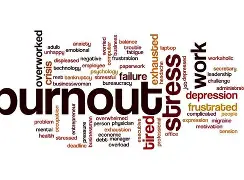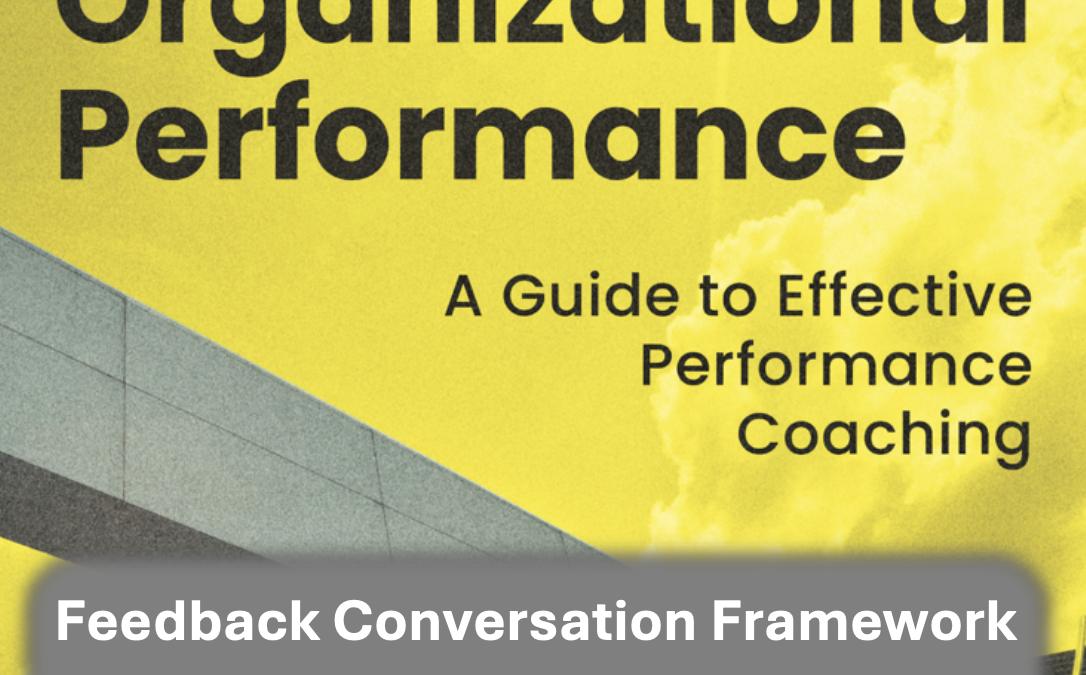
“The secret to innovation? It starts with how you coach your team.”
In an era defined by rapid change and fierce competition, innovation isn’t just a nice-to-have—it’s a business imperative. Yet fostering creativity and problem-solving in the workplace remains a challenge for many HR decision-makers and business leaders.
The good news? Innovation isn’t a mysterious force. It thrives in environments where employees feel empowered, supported, and inspired. And one of the most effective ways to create such an environment is through coaching.
The Link Between Coaching and Innovation
Traditional leadership approaches often emphasize structure, efficiency, and control—necessary for stability, but not for sparking creativity. Coaching, on the other hand, encourages exploration, experimentation, and the freedom to fail, which are essential ingredients for innovation.
Here’s why coaching works:
- Empowers Employees: Coaching shifts ownership of problem-solving to employees, fostering a sense of autonomy and confidence.
- Builds Psychological Safety: Employees are more likely to share bold ideas when they know they won’t be judged or penalized for taking risks.
- Encourages Diverse Perspectives: Coaches facilitate discussions that bring out different viewpoints, leading to more creative solutions.
How to Use Coaching to Drive Innovation
- Ask Open-Ended Questions
- Encourage employees to think critically and explore possibilities by asking questions like:
- What’s a completely different way we could approach this challenge?
- If resources weren’t an issue, what would you try?
- Encourage employees to think critically and explore possibilities by asking questions like:
- Focus on Strengths
- Help employees identify and leverage their unique strengths to approach problems in innovative ways.
- Normalize Failure
- Reframe failure as a learning opportunity. Ask reflective questions like:
- What did we learn from this experiment?
- How can we use this insight moving forward?
- Reframe failure as a learning opportunity. Ask reflective questions like:
- Create Time and Space for Creativity
- Coaching isn’t just about conversations—it’s about action. Encourage teams to carve out dedicated time for brainstorming and experimentation.
- Celebrate Progress, Not Just Outcomes
- Innovation is a process, and small wins matter. Recognize and reward efforts to encourage continued creativity.
The ROI of Innovation Coaching
Organizations that use coaching to foster innovation see tangible benefits:
- Faster Problem-Solving: Teams empowered to think creatively can address challenges more quickly and effectively.
- Increased Engagement: Employees who feel their ideas are valued are more motivated and committed.
- Sustained Growth: A culture of innovation positions your organization to adapt and thrive in a changing landscape.
Real-World Examples
- Google: The company’s famed “20% Time” policy encourages employees to spend a portion of their time working on passion projects, many of which have become successful innovations like Gmail.
- IDEO: Known for its design thinking approach, IDEO uses coaching techniques to foster collaboration and generate breakthrough ideas.
Your Role in Driving Innovation
As an HR leader or business decision-maker, you have the power to create an environment where innovation thrives. By integrating coaching into your leadership strategy, you can unlock the creativity and potential within your teams.
Let’s Innovate Together
How does your organization encourage innovation? Have you used coaching as part of your strategy? What challenges or successes have you experienced?


